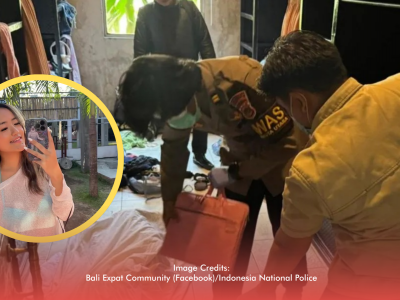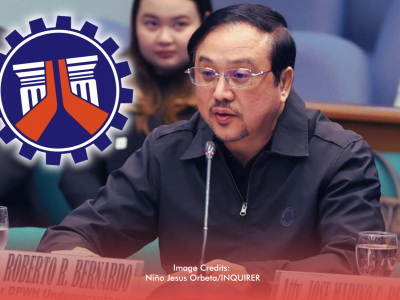The Philippine government has unveiled a five-year roadmap aiming to make the country a leading destination for food and gastronomy tourism in Southeast Asia. Launched on Wednesday, May 28, the Food and Gastronomy Tourism Strategic Framework and Roadmap 2024–2029 puts Filipino cuisine at the center of national tourism plans for the first time.
Culinary Zones and Curated Travel Routes
The Department of Tourism (DOT) plans to map out “culinary zones” in key locations such as Metro Manila, Pampanga, Cebu, and Iloilo. These zones will feature curated food circuits that highlight regional flavors, culinary heritage, and local ingredients. By working with local governments, the DOT hopes to create travel routes that encourage tourists to explore the country through its diverse food culture.
Markets, Farms, and Local Food Experiences
Beyond restaurants and food festivals, the roadmap includes developing niche experiences like farm visits, factory tours, and market (palengke) tourism. At the same event, the DOT introduced training modules to help local stakeholders transform markets into tourist attractions. These modules focus on enhancing visitor experience, preserving food traditions, and promoting regional specialties.
A Cultural Tourism Milestone
Tourism Secretary Christina Frasco described the move as historic. “For the first time, gastronomy is not an afterthought—it’s a central pillar of our tourism strategy,” she said during the launch in Parañaque City.
Gastronomy tourism will now be classified under Cultural Tourism in the 2023–2028 National Tourism Development Plan, alongside heritage, arts, and creative tourism. The goal is to offer travelers a deeper connection to Filipino culture—not just through dishes, but through the stories, people, and traditions behind them.
The roadmap envisions food as a gateway to understanding how centuries of trade, migration, and cultural exchange have shaped the Philippines’ culinary identity. Through this initiative, the government hopes to boost domestic tourism, support local producers, and place Filipino cuisine on the global map.








